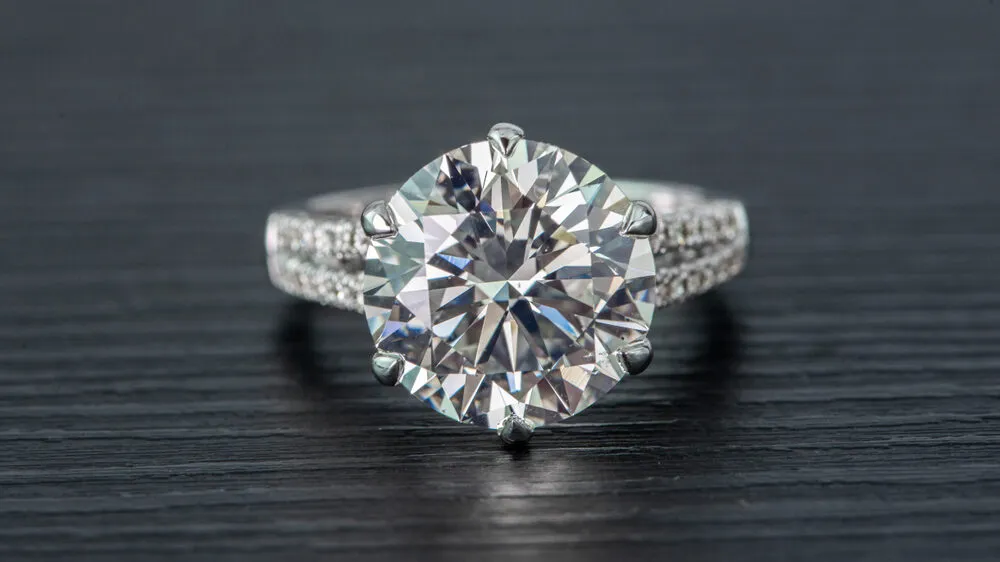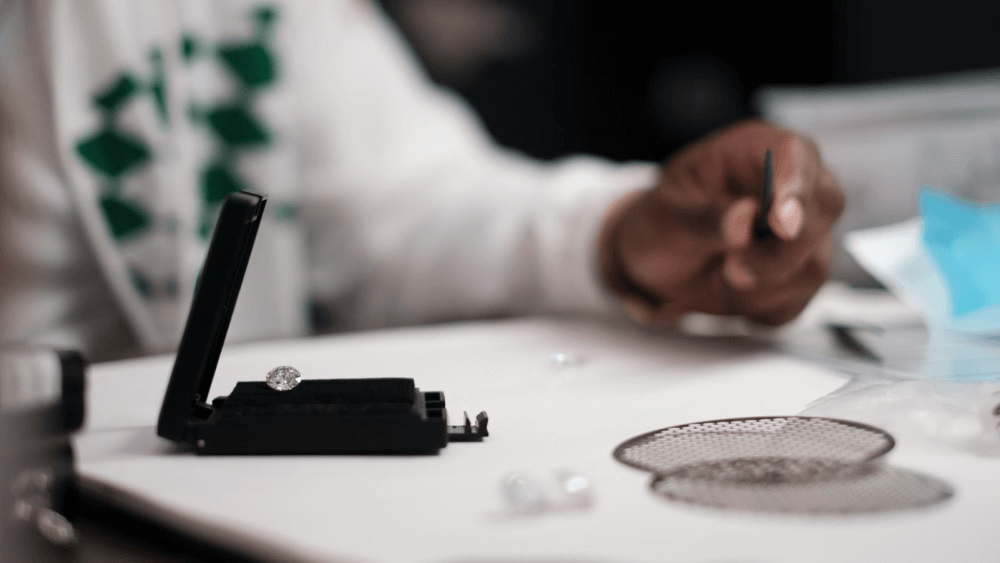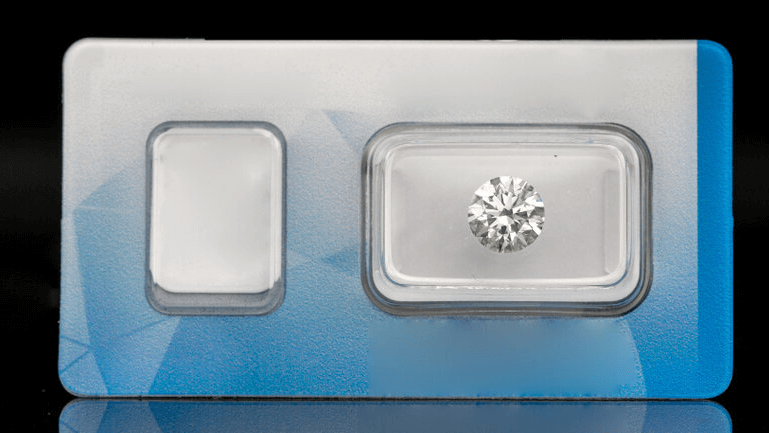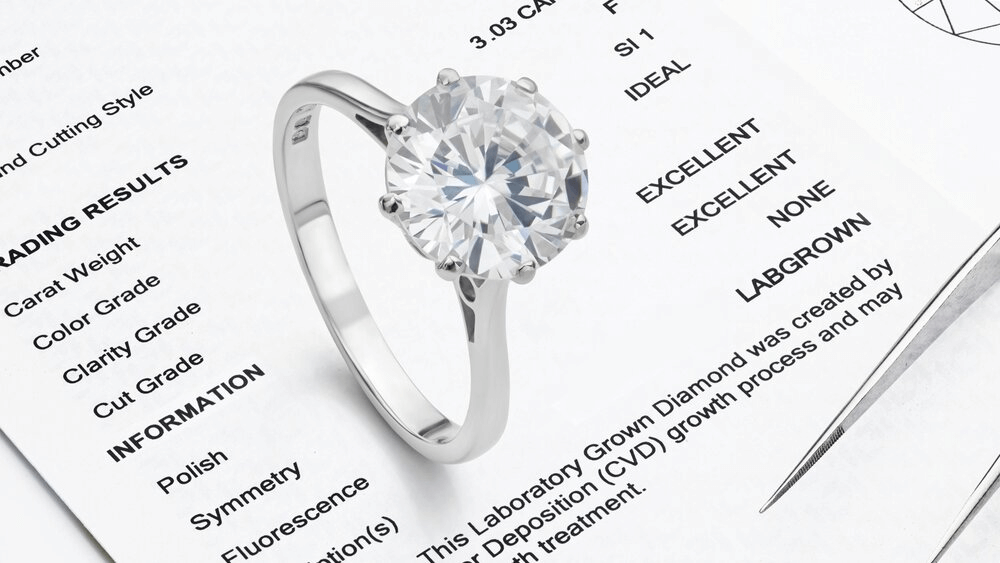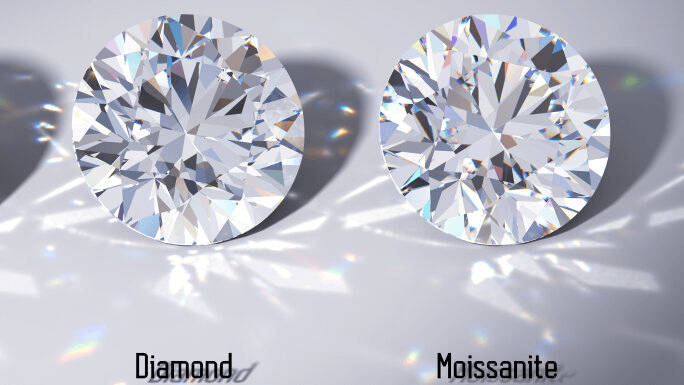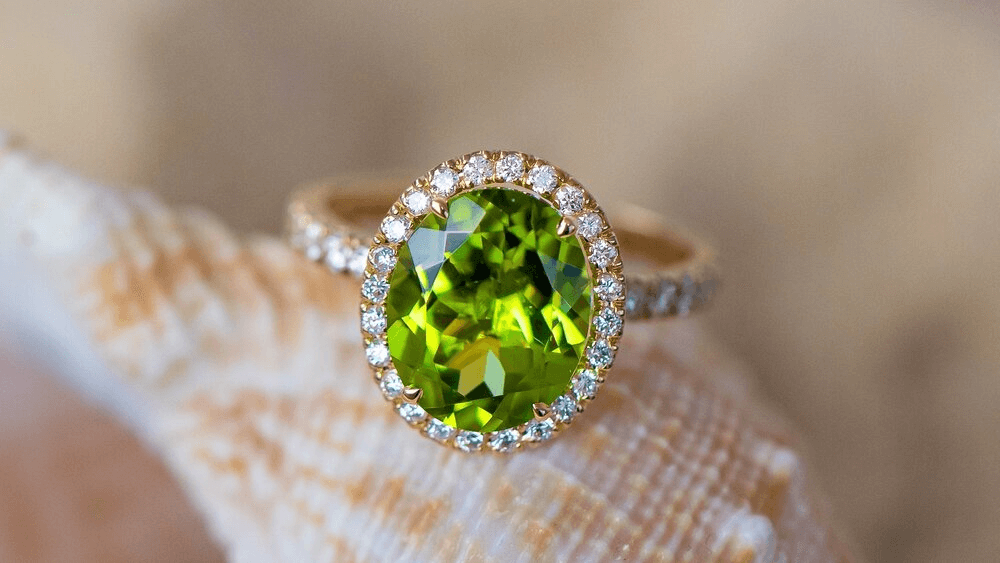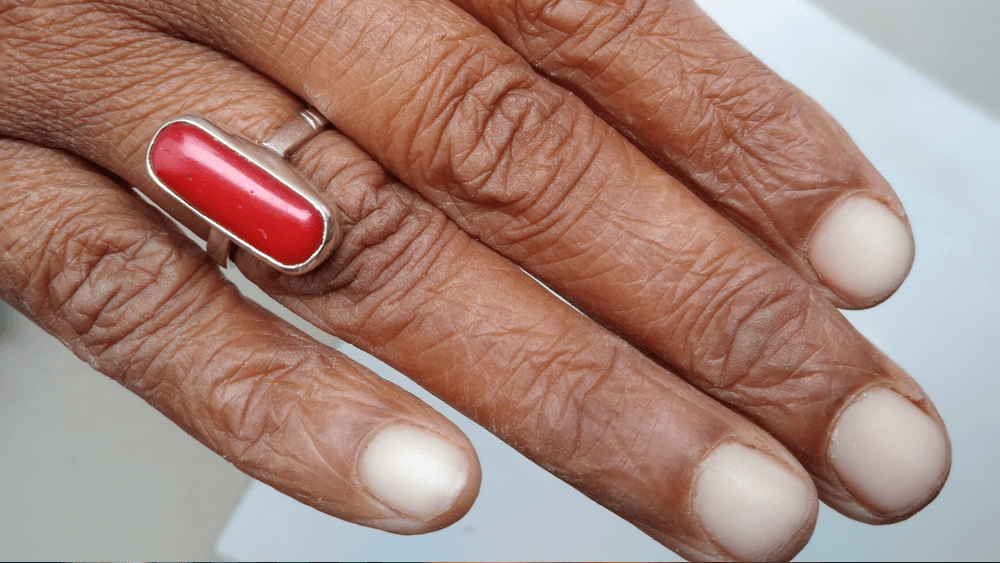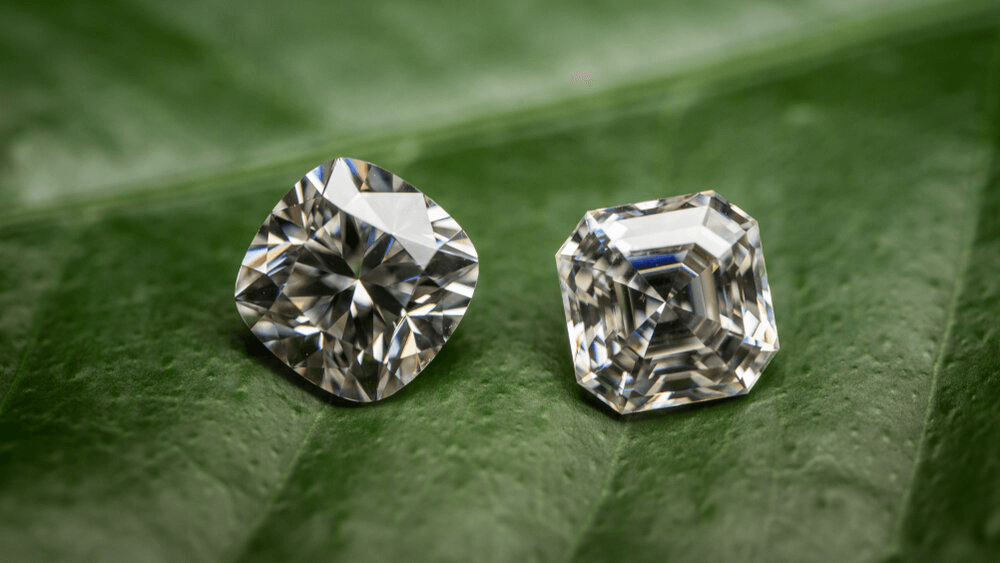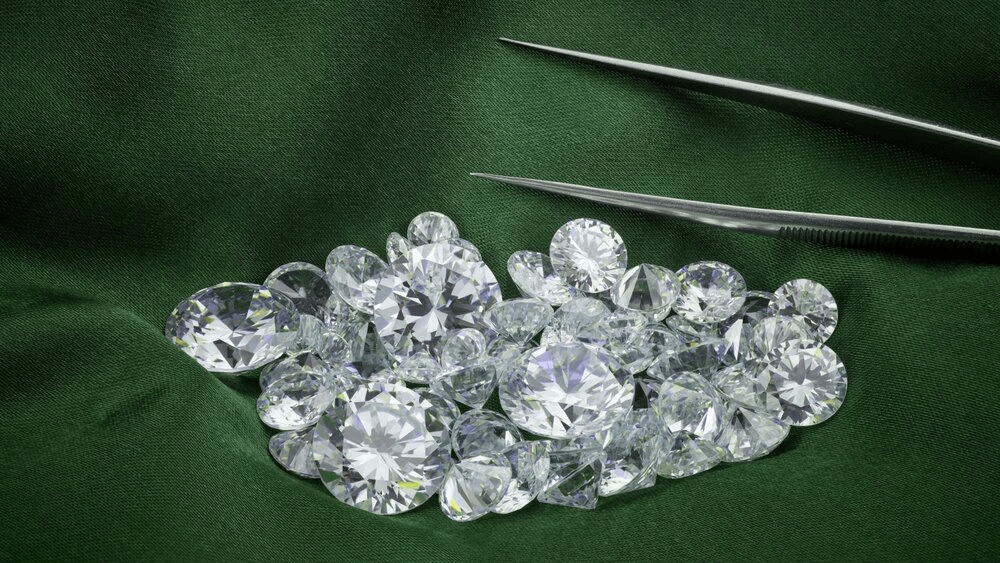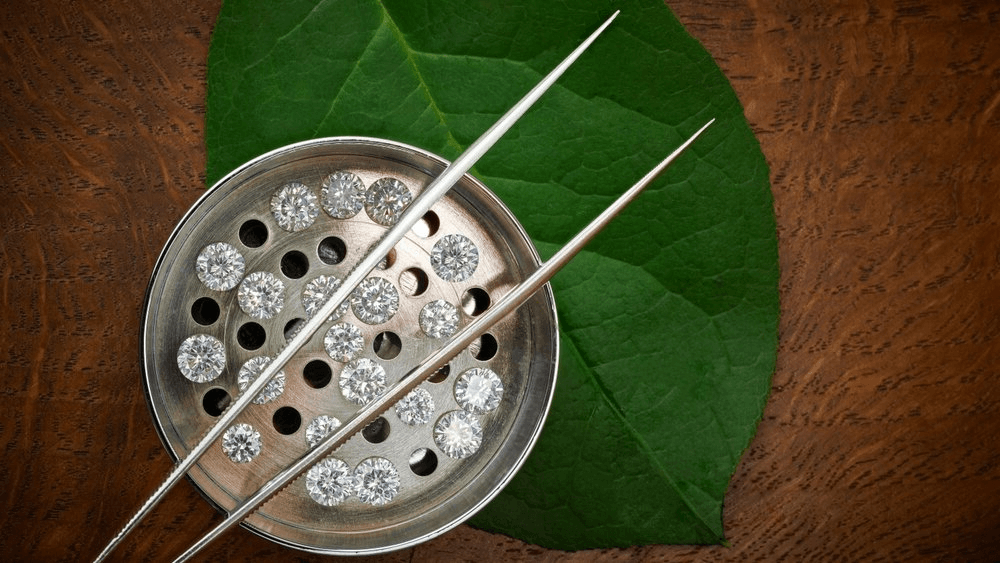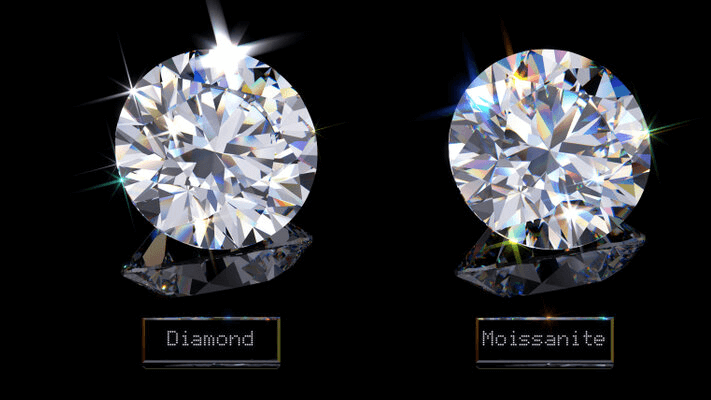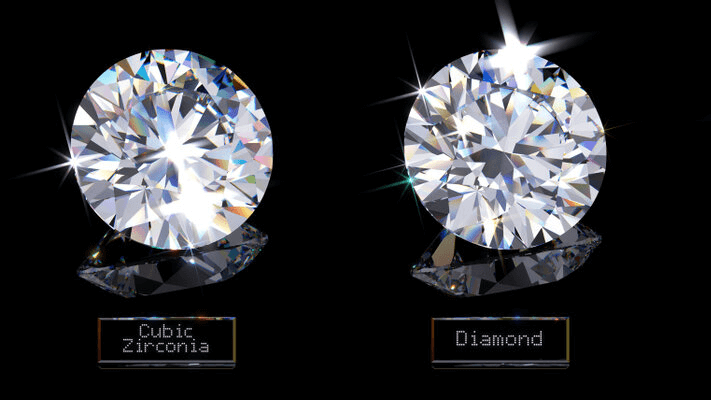Exposed: The Shocking Truth About Laser Drilled Diamonds

By Gary A.

Edited by Olivia H.
Published Aug 8, 2024
Edited on Dec 18, 2024
Laser drilled diamonds offer enhanced clarity at a lower cost, but understanding their impact on value and durability is key. Explore our guide to learn more about these treated diamonds.

Navigate This Guide:
- 7 Quick Tips for Navigating Away from Diamonds with Laser Drills
- Introduction
- Understanding Laser Drilled diamonds
- The Basics of Laser Drilling
- The Pros and Cons
- The Impact on Value and Appeal
- Our Expert Take
- 12 Frequently Asked Questions About Laser Drilled Diamonds
Before we dive deeper into the specifics, here are some practical tips to help guide your decision-making process:
7 Quick Tips for Navigating Away from Diamonds with Laser Drills
- Tip 1: Disclosure and Certification:
- Always ensure the seller provides full disclosure about any treatments the diamond has undergone. The diamond should come with a certification from a reputable gemological lab (like GIA) that mentions any treatments, including laser drilling.
- Tip 2: Examine for Fragility:
- Laser-drilled diamonds can be more fragile than non-treated ones due to the tunnels created by the laser. Handle the diamond carefully and possibly consult an independent gemologist to ascertain the diamond’s structural integrity.
- Tip 3: Avoid Fracture-Filled Diamonds:
- While laser drilling is a permanent treatment, fracture filling is not. The fill can degrade and discolor over time and may also be damaged during jewelry setting, cleaning, and repairs. Always inquire if the diamond has been fracture-filled.
- Tip 4: Price Comparison:
- Laser-drilled diamonds are generally cheaper than their untreated counterparts. Ensure you’re getting a fair price reduction for a treated diamond, reflecting its altered value.
- Tip 5: Visible Inclusions and Tunnels:
- Use a jeweler’s loupe or microscope to inspect the diamond. Look for the tiny tunnels resulting from laser drilling. These might appear as thin, straight lines. If they are filled with dirt or other material, they might be more noticeable.
- Tip 6: Maintenance Awareness:
- If you decide to buy a laser-drilled diamond, be conscious of its care requirements. Always inform jewelers of the diamond’s treatment if it ever needs cleaning or repairs, as certain methods can damage treated diamonds.
- Tip 7: Consult a Gemologist:
- If you’re uncertain or want a second opinion about the diamond’s quality and treatment, consulting an independent gemologist can give you more confidence in your purchase. They can provide insights on the quality of the treatment and the diamond’s true value.
Now that you’ve got these practical tips, use Jeweler AI below to find the perfect engagement ring that suits your style and budget:
Introduction
While diamonds have been known to receive a flawless grade from the GIA, no natural diamond is completely free from all signs of its creation. True, there are rare diamonds out there that feature no flaws visible even under 10x magnification, but somewhere deep within the stone – far too small even for a skilled grader to see – there will be a flaw. It goes with the territory of being a natural object – a piece of the earth that was created in fiery conditions, under unimaginable pressure, billions of years ago.
That said, finding a diamond that appears (for all intents and purposes) flawless isn’t that hard. We talk a lot about eye-clean diamonds and their incredible value for money for buyers, and you can find diamonds that appear clean to the naked eye at almost any clarity grade, barring the very lowest on the scale.
Still, some first-time shoppers who have no experience in diamonds become so preoccupied by the notion of flawlessness and its importance that they become willing to invest into a diamond that has been artificially perfected. Of course, as we will explore in this article, that concept of ‘perfection’ is made even more remote by artificial treatments.
One of the most common of those treatments is laser drilling. Here’s what you need to know.
Understanding Laser Drilled Diamonds
In short, laser drilling is the practice of using a very small, very precise laser to remove minor inclusions from the internal structure of a diamond. Where some inclusions are close enough to the surface of a diamond to be cut and polished away during that step in the process, many of the most common inclusions found in diamonds will be located far too deep within the stone to justify cutting away a large portion of it just for a higher clarity grade.
For the producer, the choice is simple. Either they live with the inclusion, send the diamond for grading, and accept a lower clarity grade – and, as a result, a lower value from the diamond’s eventual buyer – or they pay a relatively small fee to have the diamond modified and the inclusion removed.
Any diamond labelled as a laser drilled diamond will, by definition, be a diamond that has gone through an artificial enhancement. As we will explore within this article, there are a lot of reasons why synthetically enhanced diamonds are not considered to be a strong choice for buyers. Not only does laser drilling leave its own, permanent mark within a diamond, but it also overwrites the diamond’s history. While most of us don’t want to walk home with a visibly included diamond, a diamond’s inclusions are a lot like a fingerprint. They are a unique pattern of flaws that occurred during the diamond’s slow, torturous creation.
We don’t just love diamonds for their sparkle and their cultural value. We also love diamonds for the fact that they are ancient, unique items. An artificial enhancement goes against that aspect of a diamond, and a lot of people would be disappointed by an artificially enhanced diamond as a result
The Basics of Laser Drilling
It’s an incredibly precise practice. There is, understandably, a low margin for error when it comes to artificially enhancing a diamond. While some people see the value in removing inclusions, laser drilling can leave its own mark, and any discrepancy between the calibration of the laser and the location of the imperfection could spell disaster for the seller.
The laser used is incredibly small, but it is capable of generating a huge amount of heat – so much that the pollutant causing the inclusion within the diamond is destroyed through vaporisation. In the process, a borehole is also created in the diamond – a very small ‘tunnel’ between the diamond’s outer surface and the location of the inclusion.
After that, the diamond is cleaned and inspected. In some cases, glass or resin is used to fill the borehole, since even a tiny cavity can gradually collect dirt over the years and become more obvious.
The Pros and Cons
The benefits of laser drilling a diamond are complicated. On the one hand, laser drilling removes noticeable inclusions. As we mentioned above, most buyers do not want to buy a diamond that has a visible inclusion so, in one sense, laser drilling makes a diamond more marketable.
But it’s not that simple. Artificial enhancements on diamonds are a controversial subject, even for relatively inexperienced buyers. A lot of people avoid artificially enhanced diamonds altogether, because of the reasons we mentioned above – they are something natural made unnatural, and run against the idea that eye-clean diamonds are available even at lower budgets.
So, while the obvious benefit to laser drilling is the removal of significant inclusions, there are more cons to consider.
- Laser drilling leaves a mark
In an ideal world, it would be possible to vaporise an inclusion without having any impact on the surrounding diamond. The trouble is, while laser drilling sounds high-tech – and it is – there are limitations. It is impossible to reach the inclusion without travelling through the diamond, and that means leaving a very small borehole in the stone. - Boreholes can grow more obvious with time and wear
Despite the fact that these tunnels into the diamond are incredibly small, they can still attract dust and oil when they’re worn on the finger, meaning that, over time, they become slightly discolored. Even when that happens, these holes will still be very small and hard to detect. But, if you’re wearing the diamond every day, there is a chance you’ll start to notice it. - Artificial enhancements rewrite a diamond’s history
One of the reasons people find themselves focusing on natural diamonds rather than lab grown diamonds is the fascinating history behind the diamond. Whether or not you consider that an important part of your engagement ring comes down to personal preference, but a diamond’s ancient roots mean that it’s a very romantic choice for a proposal. Artificial enhancements really don’t align with that sentiment. - They can weaken a diamond
This is a ‘worst case scenario’ rather than a common occurrence, but some laser drilled diamonds are made weaker by one (or multiple) boreholes. Diamonds are strong, but they can’t survive major structural changes without some trade-offs.
The Impact on Value and Appeal
As we mentioned above, some companies choose to get their diamonds laser drilled in order to achieve a higher clarity grade, and, as a result, a higher price. It’s true that a diamond that has had significant, eye-visible inclusions removed will be worth more than a diamond that achieves the lowest clarity grade, it’s also still the case that a laser drilled diamond won’t be worth as much as a diamond that is naturally higher clarity.
So, if you were looking at a diamond that had not gone through any artificial enhancements and had achieved a GIA clarity grade of VS2, then that diamond would be more valuable than a comparable diamond that had undergone artificial enhancements to appear just as visually clean as the first diamond.
Evaluating Clarity and Brilliance
Remember that clarity and sparkle are two very different topics. In most cases, even a diamond with visible inclusions will still sparkle very brightly if the cut is good. Cut quality determines brilliance and fire more than any other factor, and only a diamond with really significant inclusions will suffer any loss of brilliance and fire.
The boreholes themselves do not affect sparkle.
The Ethical Debate
Artificially enhancing diamonds is a controversial subject, but it’s not usually an ethical one. The trouble comes when artificially enhanced diamonds are sold to buyers who are unaware of those artificial enhancements.
As we mentioned above, a lot of shoppers feel strongly about not investing in a diamond that has been enhanced. Instead, they would prefer to focus their search on finding an eye clean diamond whose history has not been overwritten in the lab.
A reputable jeweler will always ensure you’re aware of any enhancements the diamond has undergone, although most jewellers don’t sell artificially enhanced diamonds at all.
Caring for Laser Drilled Diamonds
If you do have an artificially enhanced die on your brain, then there are specific day-to-day maintenance instructions you need to follow. However, when you take your ring into the jewellers for routine clean, you will want to make sure that they are fully aware of any enhancements the diamond has undergone.
This is because, as we mentioned, artificially enhanced diamonds can be more fragile than diamonds that haven’t undergone any treatments. The jeweller will need to be aware of any structural abnormalities within the diamond, and pay special attention to those boreholes.
Alternatives to Laser Drilled Diamonds
There is one perfect alternative to a laser drilled diamond. Not only is it more worth your investment, but it’s also stronger, and bound to stay looking beautiful for longer. The alternative? An eye-clean, untreated diamond.
Artificial enhancements target buyers who aren’t aware of how easy it is to find a diamond that appears flawless, while being graded much lower on the scale and, as a result, a lot more affordable. If everyone knew how easy it is to find eye-clean diamonds, artificial enhancements would probably be even less common than they are now.
Our Expert Take
We would never recommend that a buyer waste money on an artificially enhanced diamond. When there are so many beautiful, natural diamonds available, we can’t imagine any scenario in which a treated diamond is the preferable option.
At WillYou, we are committed to educating buyers and ensuring that they are aware of the ease with which they can find a diamond that appears flawless, despite the fact that it’s been graded much further down the scale. This means they can get as much possible beauty and sparkle for their investment as possible, without having to double or triple the size of their budget.
12 Frequently Asked Questions About Laser Drilled Diamonds
- Q1. What is a laser drilled diamond?
- A laser drilled diamond is a natural diamond that has undergone a laser treatment to improve its clarity by removing or reducing visible inclusions through tiny channels drilled into the diamond.
- Q2. Are laser drilled diamonds real diamonds?
- Yes, laser drilled diamonds are real diamonds. The laser drilling process is simply a treatment to enhance the clarity of natural diamonds.
- Q3. How can I identify a laser drilled diamond?
- Laser drilled diamonds can be identified by looking for tiny, straight channels or tunnels under magnification, which are the paths created by the laser to access inclusions.
- Q4. Do laser drilled diamonds sparkle less?
- No, laser drilled diamonds do not inherently sparkle less. The process aims to remove inclusions that might impede light reflection and refraction, potentially enhancing the diamond’s sparkle.
- Q5. Are laser drilled diamonds less valuable?
- Yes, laser drilled diamonds are generally less valuable than their untreated counterparts due to the alterations made to improve clarity, which affects their market value.
- Q6. Is laser drilling a permanent treatment?
- Yes, laser drilling is considered a permanent treatment because the channels created and the removal of inclusions are irreversible.
- Q7. Can laser drilled diamonds be graded by gemological laboratories?
- Yes, laser drilled diamonds can be graded by gemological laboratories, but the reports will note the presence of laser drill holes as part of the diamond’s clarity characteristics.
- Q8. How does laser drilling affect a diamond’s durability?
- Laser drilling can slightly decrease the structural integrity of a diamond due to the creation of micro tunnels, but this does not typically affect the diamond’s durability in a significant way for everyday wear.
- Q9. Should I buy a laser drilled diamond?
- The decision to buy a laser drilled diamond depends on personal preference, budget, and value placed on clarity enhancement. If you prioritize higher clarity at a lower cost, a laser drilled diamond might be appealing.
- Q10. How do I care for a laser drilled diamond?
- Care for a laser drilled diamond as you would any diamond, but be cautious with ultrasonic cleaners and avoid exposing the diamond to extreme heat, which can affect the appearance of treated inclusions.
- Q11. Do all jewelers disclose laser drilling?
- Reputable jewelers should disclose any enhancements, including laser drilling, to buyers. Always ask for a full disclosure and a grading report for confirmation.
- Q12. Can laser drilled diamonds undergo further treatments?
- While laser drilled diamonds can technically undergo further treatments, such as fracture filling, it’s important to be fully informed about the implications and durability of additional enhancements.
Discover Pure Elegance with Jeweler AI: Navigate your engagement ring journey with confidence!
FOLLOW-UP GUIDE SERIES

